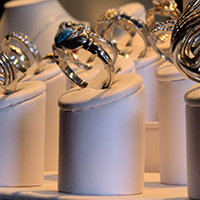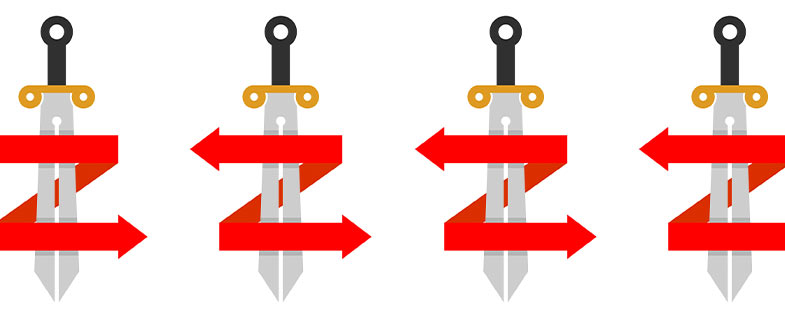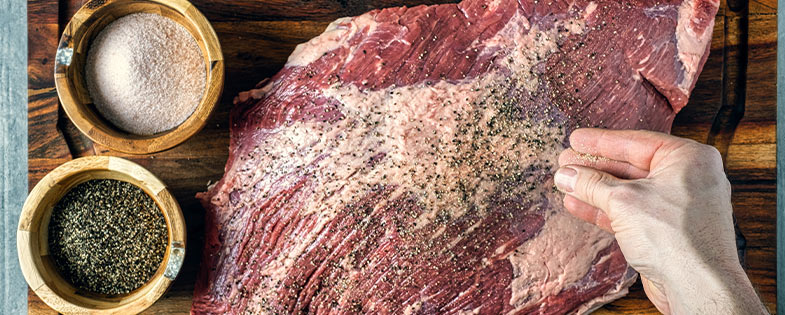

By George I Think He’s Got It!
Repeat after me:
The rain in Spain stays mainly on the plain.
Repeat after me:
My customers want to see pricing.
It’s hard to say, correct? It’s even harder to do. I’ve written (and spoken) about this many times — too many to mention. Why? Because it’s all about being transparent. And it’s the fundamental reason why people shop you online. Really, how many retail establishments do you frequent and not know the cost of what you are contemplating purchasing? It’s Retail 101.
Well, after so much squawking, I finally got someone to actually do it! It started out as a test. The result couldn’t be more surprising — to him, that is. So I decided to interview him about the process. Here’s what he had to say about his reluctance to participate and the outcome. By the way, if you contact me I’ll be happy to pass you his name so you can find out more about the experiment. For now, I thought I would spare him the notoriety.
Interviewer: For years you heard me discuss the importance of showing your pricing in store (along with online). What were your biggest fears to actually do it?
Retailer: I guess the biggest fear was the aesthetics of it. I was taught that tags are ugly (and they are) and that if you walked by a case and saw a tag sticking out, that was a big no-no because it looked sloppy. I also associated stickered prices with a so-called sale price and a deceptive environment. I imagine most storeowners like me care deeply about every aspect of our store’s look and feel and are hesitant to change how we think of something.
Interviewer: What was the impetus to try it now?
Retailer: For years and years we have all known a big problem in our industry is that our stores are intimidating. In every other luxury shopping experience, you can play with the product. You can see a price and then, of course, you can have a sales associate help you when you are ready or have questions. In a jewelry store, everything is locked up, and to find out the price of something, the customer has to ask a salesperson. I try to always put myself on the other side of the counter, forget that my family has been doing this for three generations, and just try to think like the average jewelry-store customer. I imagine it would be annoying to me if I had to ask the price on everything I was interested in or just curious about. Knowing prices would definitely make me more comfortable before I engaged with a sales associate. Since our renovation, I have been very conscious that, while my store is beautiful, I understand that it can also be intimidating and I do not want that. I want my customers to feel completely at ease.
Interviewer: We know you didn’t price every product in your cases initially. What process did you put in place to test the waters? Were there particular people you tested it on (i.e. a specific demographic, best customers etc.)?
Retailer: I asked my staff to put pricing on every item in only one of my cases, leaving the cases next to it as they normally are (no prices shown). Then throughout the next week, I would randomly ask people what they thought about the ticketed case. Some were great customers and some were random customers.
Interviewer: What are some statements your customers communicated to you about this effort?
Retailer: Every customer I spoke with preferred to be able to see prices as they browsed the cases. In fact, the strongest positive responses were unsolicited ones. I had a handful of people who came up to me to tell me they wished the whole store was like that and they really liked to be able to browse through the cases and see prices. A good customer of mine came to me and shared that while he now trusts me completely, his first time in my store was intimidating, and it would have helped him if he had any idea of pricing before he talked to a salesperson about a specific piece.
Interviewer: How many products in cases are you currently showing pricing on?
Retailer: Right now about half the store and the other half will soon follow. I imagine 80% of the store will show pricing.
Interviewer: Do you believe this is right for every retailer? If not, would you say it was right for most retailers today?
Retailer: Everyone should decide what is best for their clients and for their markets, but what I would say is that you should be making improvements not based off of “what we’ve always done,” but by really listening to your current clients and future clients, understanding what they like about shopping in your store and, equally important, what they DON’T.
Interviewer: If you can say anything to any retailer out there about this endeavor what would it be?
Retailer: I think we often confuse transparency about price with submitting ourselves to a commodity-type selling environment where your price is all you are. We can still be aspirational and value based while giving our customers the transparency they demand and deserve. Allow yourself to rethink what we have always done. Allow your mind to go blank and simply think like your customer. I think we will find it’s more common sense than anything else.
I really feel like we currently live in a text-message culture. We would rather text than talk on the phone. We’re more connected on social media but probably more distant in person-to-person social situations. What that means to me is that more and more customers are going to be less inclined to have to ask a salesperson every single question about a piece of jewelry and would rather do a little legwork themselves. We can access information in seconds on our iphones. If we want to know a price, we want to see it right then and there.
In conclusion, don’t take it from me. I get it. I’m just some marketing person who doesn’t understand your store or customer. But at the very least, take it from one of your own. Because this retailer gets it.





John Henne
August 8, 2015 4:30 pmI enjoyed the article. I agree, but how did they do it exactly? did they use price cubes, printed cards or just visible inventory tags?
thanks
John